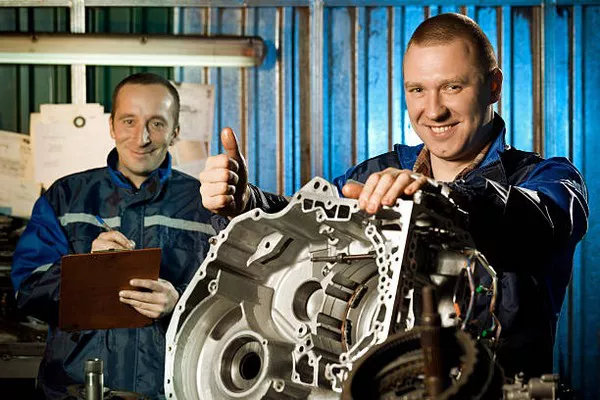Researchers from the University of Cambridge have pioneered a groundbreaking method to produce low-emission concrete at scale, potentially revolutionizing the path to net-zero emissions. This innovative process utilizes electrically-powered arc furnaces, commonly used in steel recycling, to recycle cement—the primary carbon-intensive component of concrete.
Concrete, the second most-used material on Earth after water, is responsible for approximately 7.5% of global anthropogenic CO₂ emissions. Addressing the challenge of reducing concrete emissions while meeting worldwide demand is critical for global decarbonization efforts.
The research team discovered that used cement can effectively replace lime flux in steel recycling, which is traditionally used to remove impurities and ends up as slag waste. By substituting lime with used cement, the process results in recycled cement suitable for new concrete production.
Detailed in the journal Nature, the cement recycling method does not add significant costs to the production of concrete or steel and substantially reduces emissions from both industries by minimizing the need for lime flux. Recent tests by the Materials Processing Institute confirmed that recycled cement can be produced at scale in an electric arc furnace (EAF), marking a significant achievement in the field.
Professor Julian Allwood, who led the research at Cambridge’s Department of Engineering, highlighted the importance of this innovation: “Our workshops with the construction industry revealed that eliminating cement is not feasible. However, this breakthrough allows us to produce low-emission concrete, maintaining cement’s essential role.”
Concrete comprises sand, gravel, water, and cement, with cement accounting for nearly 90% of concrete’s emissions due to the clinkering process, where limestone is heated to high temperatures, releasing CO₂. Alternative materials have been explored, but current substitutes cannot meet the global demand, estimated at four billion tonnes annually.
Dr. Cyrille Dunant, the study’s first author, explained the innovative approach: “By crushing old concrete, extracting sand and stones, and reheating the cement in a bath of liquid metal within an electric arc furnace, we reactivated the cement, forming new clinker.”
The reactivated cement, combined with iron oxide, performs well in steelmaking, producing a foamy and fluid slag that cools into usable cement. This method yields cement with higher iron oxide levels, which does not significantly impact its performance.
The Cambridge Electric Cement process, as it scales, has the potential to produce up to one billion tonnes per year by 2050—about a quarter of the current annual cement production. Professor Allwood emphasized the necessity of reducing cement and concrete usage alongside production innovations, advocating for political support to drive such changes.
This research, supported by Innovate UK and the Engineering and Physical Sciences Research Council (EPSRC), part of UK Research and Innovation (UKRI), represents a significant step towards sustainable construction practices. The researchers have filed a patent to facilitate the commercialization of the process, underscoring the broader potential for innovation in achieving zero emissions beyond the energy sector.

